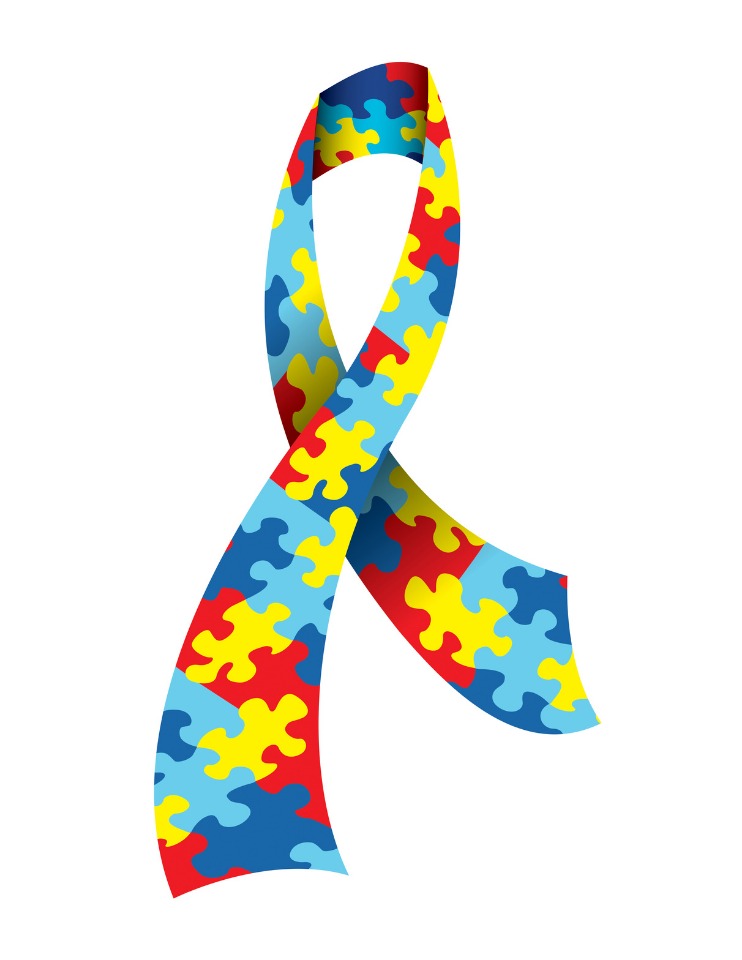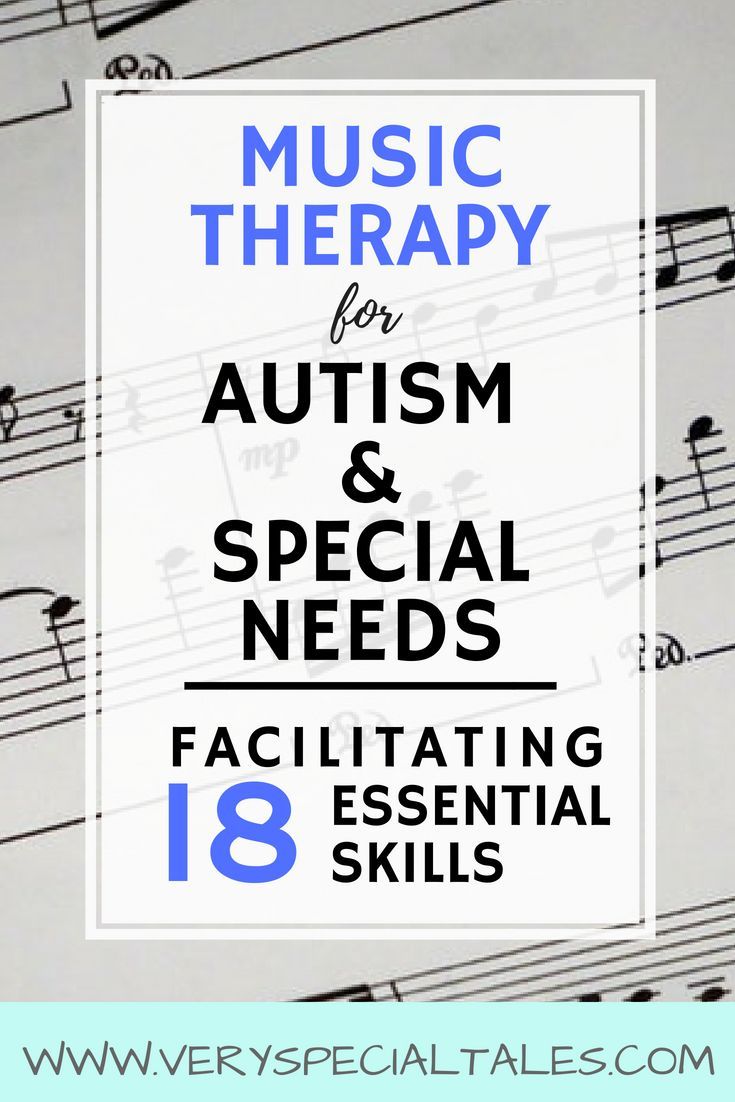Integrating music therapy into autism treatment can have long-term benefits for individuals with autism. Music therapy interventions can help individuals develop and improve communication skills, social interaction, and sensory regulation. These skills can have a positive impact on their overall quality of life and enhance their ability to participate in various social settings. A child with autism shows more emotional expression and social engagement during music therapy sessions, than in play sessions without music. These children also responded to the therapist’s requests more frequently during music than in play sessions without music. A therapist can use music with children to increase their social interaction and improve social skills. Passing and sharing instruments, music and movement games, gathering around a central instrument, learn to listen and sing greeting song, these are just a few of the ways music therapy sessions can increase interaction.
Music therapy , an established and effective form of therapeutic intervention, has been proven to provide numerous benefits for individuals with autism. By stimulating both hemispheres of the brain, it helps in creating a balance that could enhance learning and improve physical coordination. Let’s uncover how music therapy can foster communication skills, manage sensory sensitivities, and improve emotional regulation. By collaborating with professionals from different disciplines, music therapists can gain valuable insights into the individual’s overall development and tailor music therapy interventions to target specific areas of need. This multidisciplinary approach allows for a more comprehensive and integrated treatment plan, maximizing the potential benefits of music therapy for individuals with autism. Music therapy will vary based on each individual child’s needs and abilities. For some, it can mean learning to play a musical instrument and for others, it can be singing or learning new activities through songs.
Best Apps for Autistic Students: Empowering Education and Communication
It is an evidence-based practice that involves the use of music interventions by a trained music therapist to assist individuals in improving their physical, emotional, cognitive, and social well-being. Several studies show that music therapy works to “rewire” the brains of children with autism, helping them to reduce maladaptive behaviors and improve interactions with family and friends, as reported by parents. For example, one study found that 8 to 12 weeks of music intervention changed intrinsic brain connectivity in school-aged children who were on the autism spectrum. Regarding improvisational music therapy, we found few empirical findings supporting a positive effect of improvisational music therapy sessions on youths with NDD, but some findings appear interesting for children with ASD and/or ID. The most methodologically robust study conducted by Bieleninik, Geretsegger (38) did not report a significant improvement in the primary outcome (ADOS) and a positive effect of music therapy sessions only on a few secondary outcomes. However, they observed a significant effect on the subgroup of participants with ASD and ID. These authors concluded that the intervention is more effective when the therapist adopts a relational pattern similar to the child’s pattern.
The Importance of Vocabulary and Semantic Skills for Children
There were 51 children participating in the study, ranging from 6 to 12 years old, who had never received music therapy before. The children’s brain connections were measured with an fMRI, which can examine various specific parts of brain reactions. While positive behavioral changes were seen in the children, especially as reported by parents, there were increased connections between brain areas responsible for some motor skills and processing sounds. Finally, one non-controlled study (57) evaluated the effect of improvisational music therapy on 18 children with language delay. The authors observed a significant increase in developmental age (in particular phonological memory and sentence understanding) after a 6 week individual improvisational music therapy program. The treatment starts by assessing the child in order to find out their specific needs. Since music therapy for autistic children is almost always used along with other forms of interventions, the therapist will typically consult your child’s pediatrician and other specialists for additional background information.
What is Music Therapy?
Autism is a spectrum disorder, meaning that the severity and presentation of symptoms can vary widely among individuals. Some individuals with autism may have exceptional abilities in certain areas, such as music, art, or mathematics, while others may require more support in daily functioning. When music therapy is part of a child’s treatment early in life, the adjustments to brain function and behavior can carry on for the rest of their lives. This can enable you to easily release some of the tension in your body, and when you do this, your mind also relaxes.
This approach targets the difficulties experienced in social interaction and communication. In particular, these difficulties are joint attention, imitation, synchrony, emotional sharing, and symbolic play. A common practice of this therapeutic intervention is the Treatment and Education of Autistic and Communication Handicapped Children (TEACCH).
Music therapists say music with a strong beat, simple structure, and easy lyrics do best. Read more about music therapy for autism here. Studies assessing musicotherapy in youths with attention deficit hyperactivity disorder (ADHD). Golden Care Therapy is here to ensure a smooth and successful ABA Therapy experience for both you and your child. Music therapists originally used only the receptive method, whereas today it is frequently combined with the active form that allows improvisation and the expression of feelings. Here’s how music therapy works and what you can expect from a therapy session.
Autistic persons, especially in the early stages of relationship building, often physically reject or ignore social contact attempts by other persons. Music therapy can provide instead an initial object relation with an instrument. Instead of threatening, the shape, sound and feel of the instrument will often fascinate the individual. The instrument can thus serve as an intermediary between client and therapist, providing an initial point of contact (Thaut, 1984). At the same time, a trained music therapist can structure this experience from the outset in order to minimize motility rituals or sensory overload that may draw the individual back into himself or herself. It can also provide a form of sensory input that can be either stimulating or calming for children with ASD. Some autistic children are sensitive to sound and may benefit from music that is soothing and calming.
To deal with a situation that is uncomfortable and his subsequent anxiety, my son may hide under a table or behind a shelf, bolt, interrupt by inappropriately calling out, or crawl on all fours. But when music is present, these quirks melt away, and he seems, by all sense of the definition, neurotypical. Below, you can find some informative videos and podcasts about music therapy and autistic spectrum disorders. It can also be used as a stand alone therapy that works with any of the above areas and/or including addressing sensory issues, stress management, social skills and behavioural management. In autistic persons one sees constant manifestations of pathological behaviour in the perceptual-motor area.






